Billable VS Non-Billable Work: How To Find Balance and Stay Profitable
Time tracking software can help manage and gather billable hours, make more accurate invoices, and keep an eye on profitability


Many professionals working on hourly assignments know how complicated it is to properly track their billable work.
And while they work for their clients, they also perform several activities that don’t add up to the customer’s invoice. Despite this, these billable hours vs actual hours worked cost the worker time and money.
It is very common to struggle to properly track and balance non-billable and billable time, even if you are law firms, a medium, or a big company with solid experience and expertise.
This article will show how to calculate the billable work you have done, differentiating it from the non-billable time. To do that we will ask for a little bit of help from technology and our time tracking software, Timeneye.
To strike a balance and reach profitability, companies must be very careful about how they calculate the total hours worked and classify them as billable or non-billable time.
This is a key point for not just companies or law firms but also freelancers and solopreneurs; they all share the same problem and struggle to find the right billable hours calculator or time tracking software.
But first, what do billable and non-billable hours mean when we consider all of the hours worked during a day? How can we divide billable hours vs actual hours spent on working, gaining capabilities and knowledge to better hand in that project?
Freshbooks.com has mentioned all those activities that are usually considered as billable and the others that should not be included on the bill to your client.
| Billable Hours | Non-Billable Hours |
| Studying/making research for the project | Time spent on meetings, calls, and emails with the clients before having signed the contract |
| Market research for the project | Pitch to the client, even though it regarded the project you later have done for him/her |
| Project planning and timelines | Workshops, webinars and courses to gain new professional skills |
| Meeting (both in person and online) | What’s behind the goals and tasks of the project that the contract does not include |
| Writing and replying to emails | Networking meetings |
| Doing the actual work for the project | Rework, mistakes, or new versions of the project required by personal mistakes or change of direction |
| Checking the work and making reworks or adjustments after the client’s feedback | Time spent on collecting receipts, calculating the time spent/ accountant consultancy regarding the invoice to the client |
The first tip that we would like to share with you is to keep track of the hours worked every single time. Do not do that at the end of the project because as long as time goes, by the more you will lose track of how much time you spent on billable or non-billable activities.
Also, we would like to suggest you make a time log or a timesheet to later bill your clients.
For the small project, it is possible to do that manually, creating spreadsheets with single different columns for each activity you are working on; this also adds activities’ descriptions, the date, and the amount of time you spent on them.
In Timeneye we would recommend you rely on a time tracking software able to easily track all your activities (emails, meetings, actual work performed on the project) with just a single click.
Thanks to Timeneye’s help, let us see how you can track time, distinguish billable and non-billable activities, and get the data you need to evaluate how you have been handling your projects.
When you calculate profitability, you cannot rely on guesstimates.
Also, spreadsheets become unmanageable if you start working with lots of data.
To keep track of the billable hours vs actual hours worked, a digital time tracker provides you with more accurate data.
Timeneye lets you create billable projects and set hourly rates for the whole project (if you work solo) or for each employee (for companies).
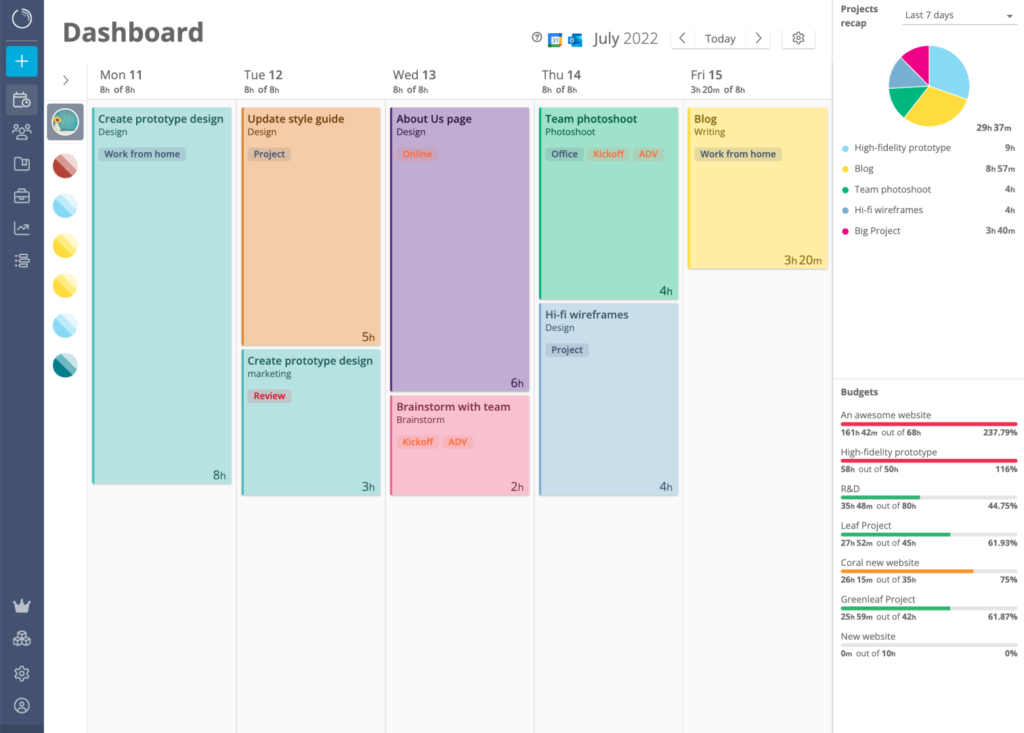
You don’t have to make difficult calculations every time because the platform will show the totals to you.
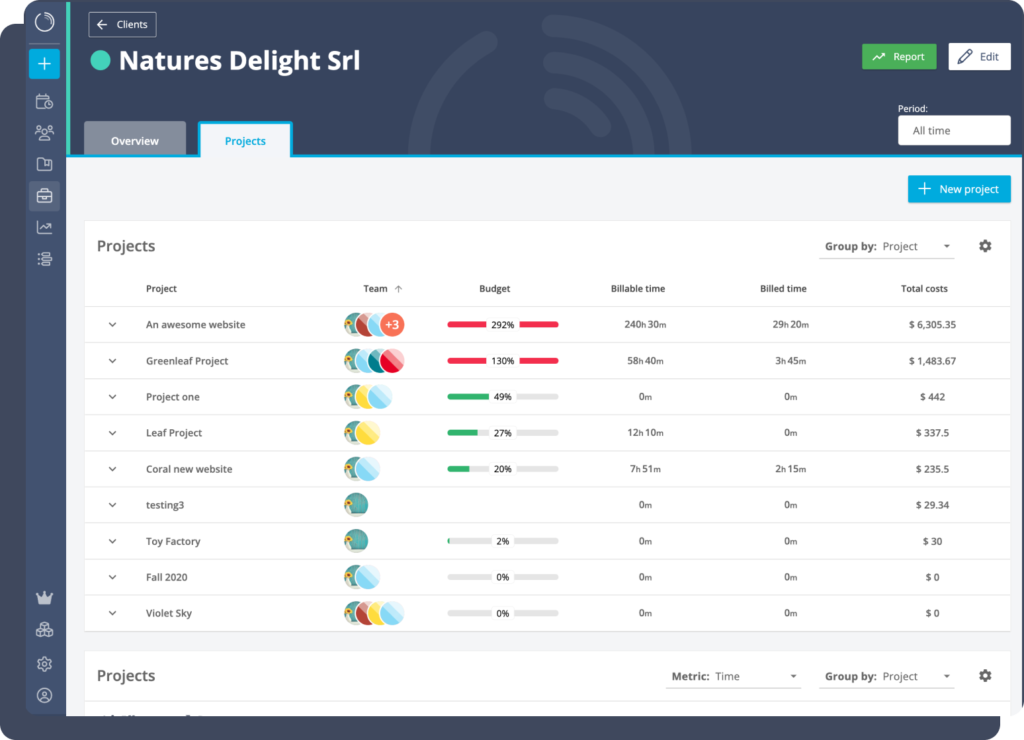
After you’ve started tracking your billable time, make sure to keep track of how much you have already invoiced your client, and how much is left. This is crucial for creating accurate invoices, to avoid overcharging or undercharging the client.
In Timeneye, you can mark every time minute as billable (still to be included in the invoice) and billed (that you have already charged).
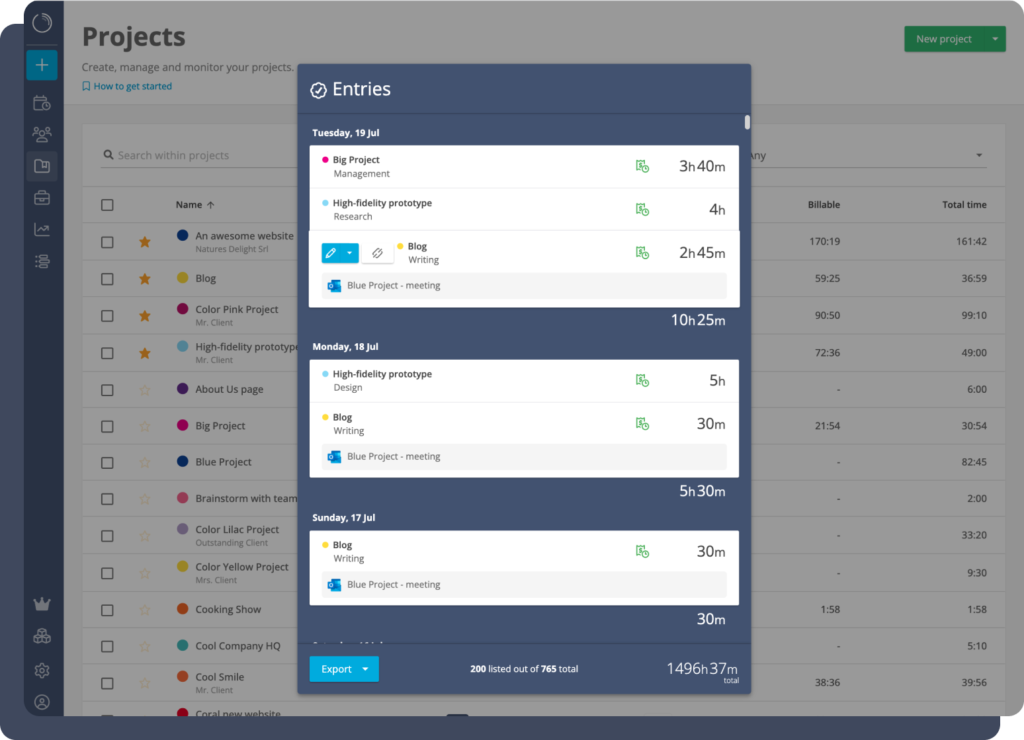
Tracking non-billable work shines a light on the activities of your business. This piece of information is what you should know to improve productivity and, most importantly, keep an eye on profitability.
Within a billable project, for example, there can also be some activities that you cannot bill the client and include in the invoice. But those activities must end up in your timesheet otherwise you’ll never know about them.
The great thing about using time tracking software is that the data is available for reporting and evaluation.
You can export all the time you track, take a look at how the time was used and identify cost sinks.
In this way, you will make a habit of running reports on the billable and non-billable activities of your business.
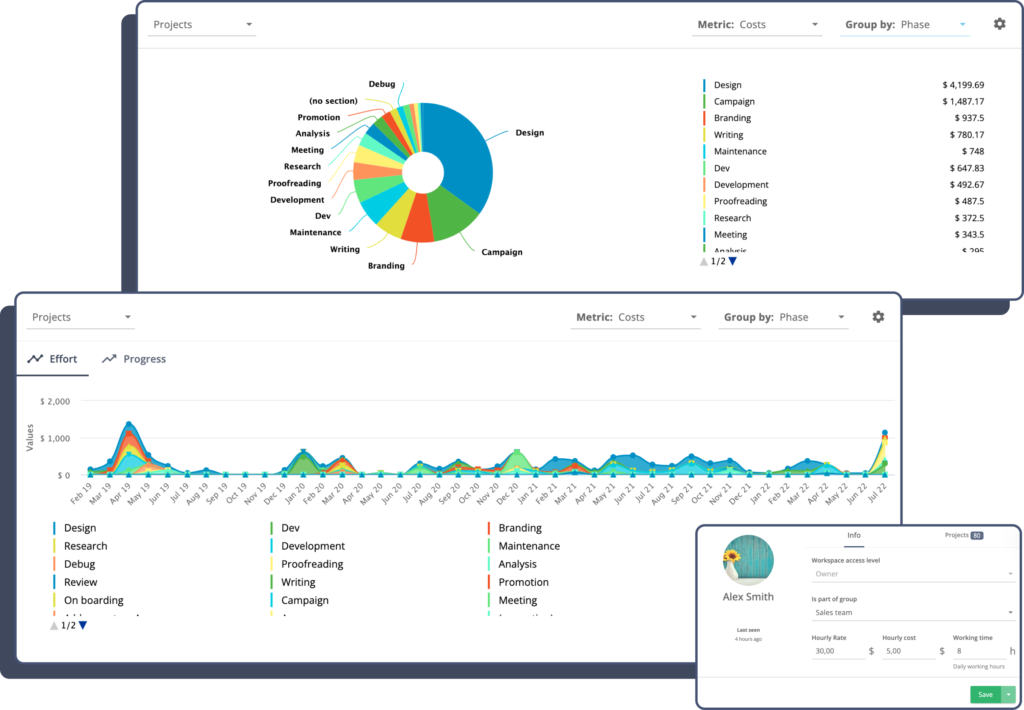
This serves several purposes:
Time tracking data is not just a mere calculation of how many hours you have worked, they also give you insights into where, how, and why you spend your time into that particular manner.
It’s not enough to run reports to count the amounts you have to invoice. You also have to ask yourself if you’re using that time in the best way possible.
Let’s say you invoice a project for a certain $$$ amount. Then, you look at the time tracking data, and you find out that or that project/client you have spent an enormous amount of time just in taking care of emails.
That time is difficult to bill your client, but these hours have already gone and you cannot take them back; they have a cost on your business!
Having learned from that lesson means that you can take action for future projects to make sure you communicate better with the clients you have. Perhaps you can invest in a communication tool. Or, you can simply set better communication rules with your client to avoid drowning in the endless sea of email.
Or, let’s say you offer a free marketing analysis of your client’s business included in your client’s contact. You don’t charge the client for it.
This may seem a good idea to attract new customers in the short term, but if you find out that that analysis took you more time and cost you more than other phases of the project, you may want to reconsider your offer.
If you know the hourly costs of your business, you can for sure estimate your hourly rates; this means you can calculate your profitability.
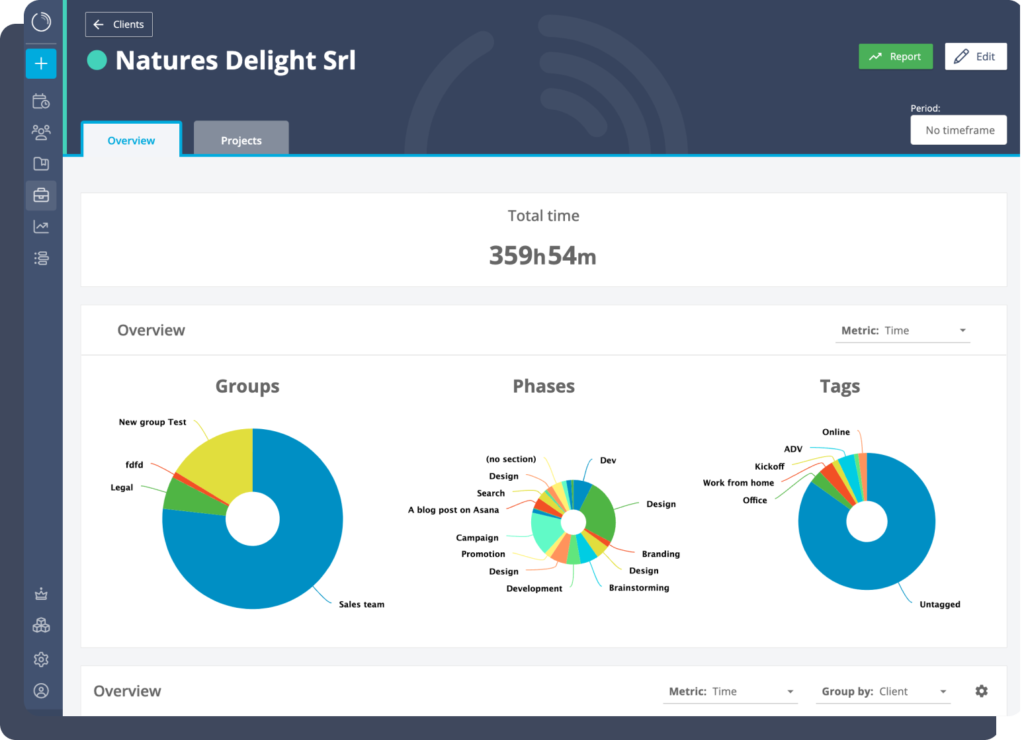
You should always keep track of this calculation by comparing how much money you have earned to the costs that the project has required you; this is to avoid your precious time and money going down the drain.
Timeneye is not just a brilliant time tracking software but it also makes this calculation automatically so you don’t have to lose time filling spreadsheets over and over again.
Time tracking software can help manage and gather billable hours, make more accurate invoices, and keep an eye on profitability
New from Timeneye: do you work with billable projects? Set a different hourly rate for each team member and let Timeneye calculate the billable...
Recording the worked hours serves many purposes that range from general productivity, attendance, invoicing, and payroll.